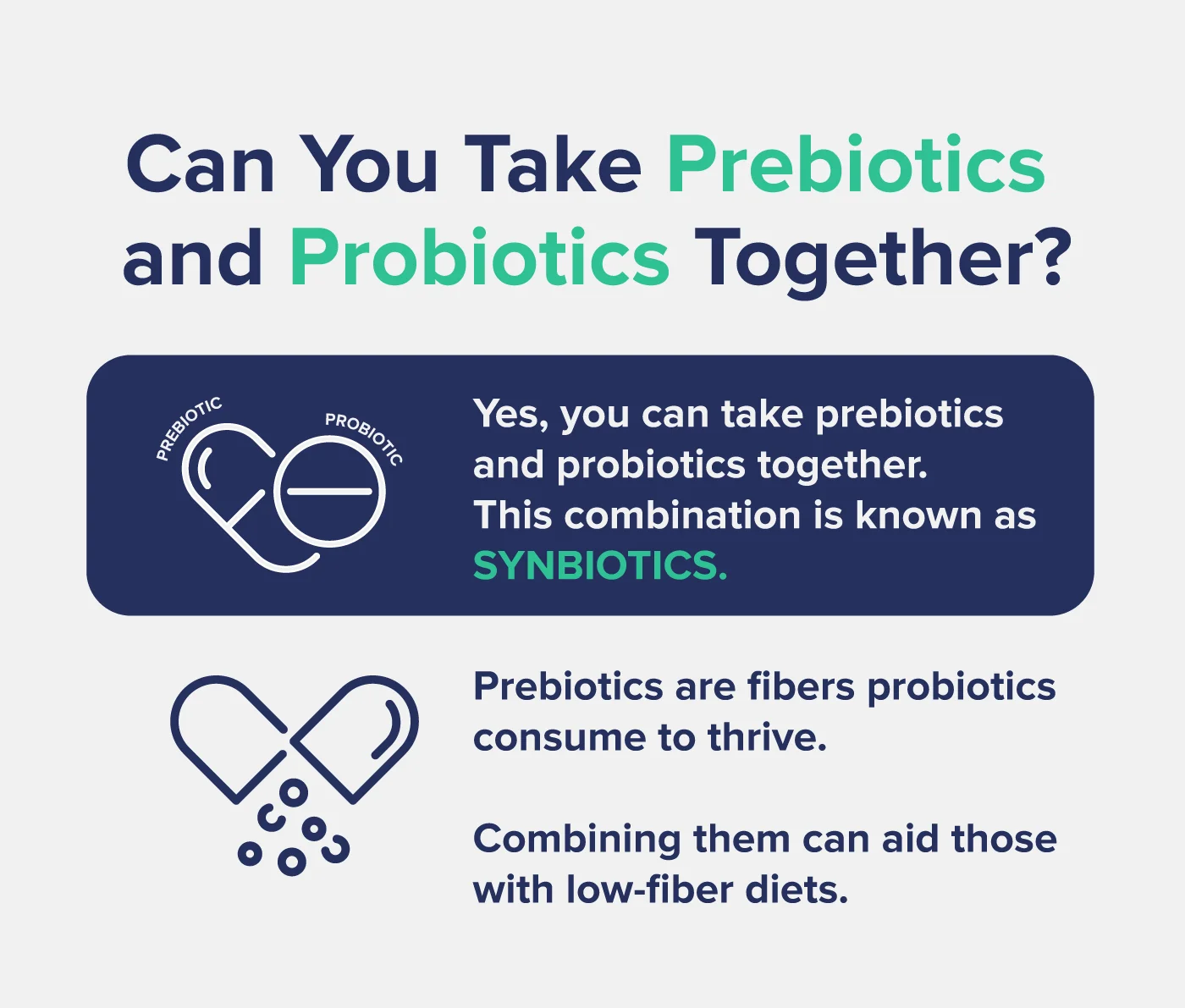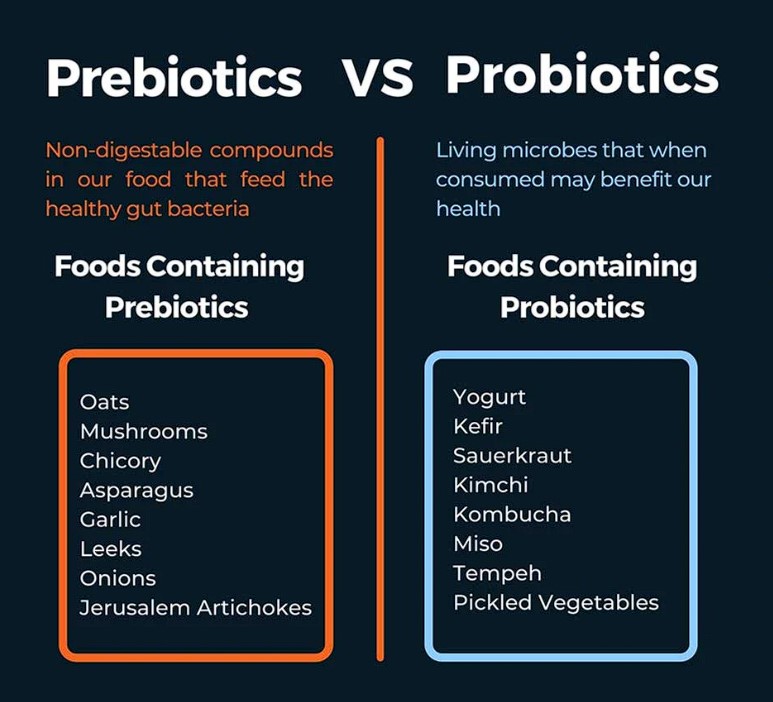Can You Take Different Probiotics Together

Confused about mixing probiotics? Experts are now weighing in on whether combining different probiotic strains is safe and effective, addressing widespread consumer questions about gut health.
The growing popularity of probiotics has led to a surge in diverse formulations, raising critical questions about their combined use. This article cuts through the confusion, delivering expert-backed information on navigating the complex world of probiotic supplementation.
Decoding Probiotic Combinations: What You Need To Know
The central question: Can you take different probiotics together? The short answer is: it depends. Broadly speaking, combining probiotics is often considered safe for healthy individuals, but understanding the nuances is crucial.
The American Gastroenterological Association (AGA) guidelines highlight that probiotic effectiveness is strain-specific, meaning different strains offer different benefits. Combining strains doesn't automatically amplify benefits, and may, in some cases, lead to competition.
Potential Benefits of Combining Probiotics
Some research suggests that combining certain probiotic strains can be synergistic, enhancing their individual effects. A 2020 study published in the journal Nutrients found that a combination of Lactobacillus and Bifidobacterium strains improved gut barrier function more effectively than either strain alone. However, this varies greatly based on the specific strains involved.
For instance, some combinations might be beneficial for addressing specific conditions. A 2022 review in the Journal of Clinical Gastroenterology indicated that certain multi-strain probiotics could be more effective in managing Irritable Bowel Syndrome (IBS) symptoms compared to single-strain formulations. The key is targeting combinations based on research and specific health needs.
Risks and Considerations
While generally safe, combining probiotics isn't without potential risks. One primary concern is the possibility of digestive discomfort, such as bloating, gas, or changes in bowel habits. These side effects are usually mild and temporary as the gut microbiome adjusts.
A less common, but potentially serious risk, involves individuals with compromised immune systems. In rare cases, probiotics can lead to infections in immunocompromised individuals. This risk is amplified when introducing multiple new strains simultaneously.
Dr. Sarah Johnson, a leading gastroenterologist at the Mayo Clinic, emphasizes the importance of consulting with a healthcare professional. "It's crucial to discuss probiotic use, especially combinations, with your doctor, particularly if you have underlying health conditions or are taking other medications," she advises.
Navigating the Probiotic Landscape
With a myriad of probiotic products available, selecting the right combination can feel overwhelming. Experts recommend focusing on strains with proven benefits for your specific health concerns. Look for products that list the specific strains (e.g., Lactobacillus rhamnosus GG) and colony-forming units (CFUs) per dose.
The National Institutes of Health (NIH) offers a wealth of information on probiotics, including research summaries and consumer guides. This resource can help individuals make informed decisions about probiotic use.
Always introduce new probiotics gradually to monitor for any adverse effects. Start with a low dose and gradually increase it as tolerated. Pay close attention to how your body responds to each new strain.
Expert Recommendations
Dr. Emily Carter, a registered dietitian specializing in gut health, stresses the importance of a food-first approach. "While probiotics can be a valuable tool, they are not a substitute for a healthy diet rich in fiber, fruits, and vegetables," she explains.
Consider focusing on prebiotics – foods that feed beneficial gut bacteria – alongside probiotics. Prebiotics include foods like onions, garlic, asparagus, and bananas. Combining probiotics with prebiotics can create a synergistic effect, supporting a healthy gut microbiome.
Ultimately, the decision to combine probiotics should be made on a case-by-case basis, guided by individual health needs and expert advice. Further research is ongoing to fully understand the potential benefits and risks of specific probiotic combinations.
Next Steps and Ongoing Developments
Researchers are actively investigating the optimal combinations of probiotics for various health conditions. The results of these studies will provide more concrete guidance on probiotic use.
Stay informed by consulting with healthcare professionals and staying up-to-date on the latest research. Prioritize a balanced diet and lifestyle to support a healthy gut microbiome. Don't just rely on supplements.
Consumers are encouraged to report any adverse effects from probiotic use to the Food and Drug Administration (FDA). Your feedback can help improve the safety and efficacy of probiotic products.














![Can You Take Different Probiotics Together Can You Take Probiotics While Breastfeeding? [Solved]](https://bestcaseparenting.com/wp-content/uploads/2022/03/MY-CHILD-ONLY-EATS-BREAD-20-768x453.jpg)


